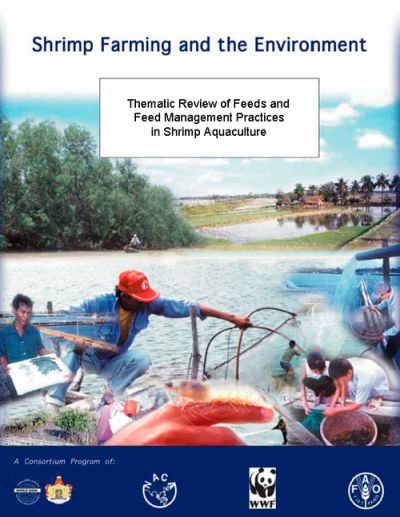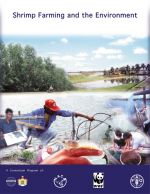Thematic review of feeds and feed management practices in shrimp aquaculture
31 May 2005 | Albert G.J. Tacon | 670 Downloads | .pdf | 741.9 KB | Better management practices, Nutrition and feeding, Shrimp, Environment and sustainability
This paper reviews feeds and feed management practice in shrimp aquaculture. The review describes feeds and feed management practices in different shrimp farming systems, and assesses the trends in feed use in shrimp aquaculture and environmental implications feed use. Particular attention is given to the use of fish meal in shrimp diets and water pollution caused by feeds. The review then identify practices at farm, manufacturing and ecosystem levels that can reduce environmental impacts associated with the use of shrimp feeds, giving special attention to fish meal and effluent management, and practical measures that can be taken to promote more efficient use of feed resources. It then analyzes the constraints and opportunities for promoting better practices, including costs and benefits for their adoption and identifies some follow up activities to support efficient use of feed resources, including nutrition and feed management research, information exchange, and others. The paper also explores the recent assertions that shrimp aquaculture is literally “feeding on world fisheries” and that the production of shrimp contributes to net loss of wild caught fish. Trends in the use of alternative ingredients to replace fish meal, including soybean meal, and other agricultural byproducts, are also considered. The paper also provides a comprehensive set of references for further reading on the subject.
Publisher: Network of Aquaculture Centres in Asia-Pacific
Rights: Copyright, all rights reserved.

